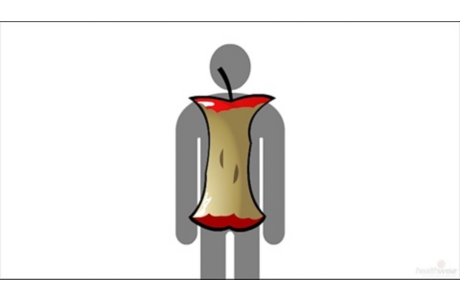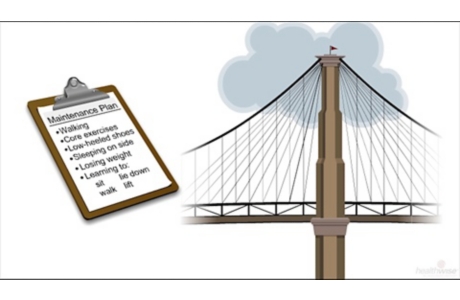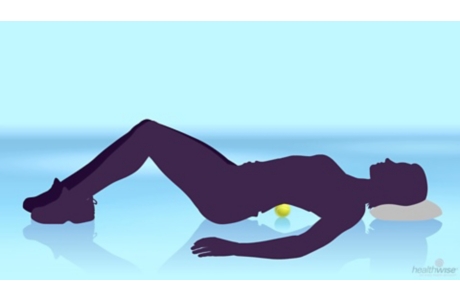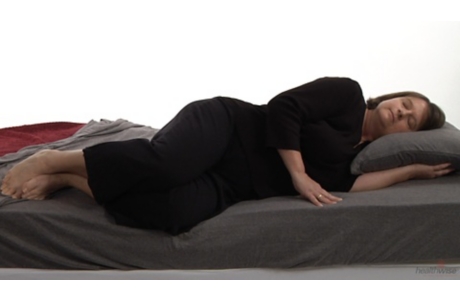Prolotherapy for Low Back Pain
Topic Overview
Prolotherapy involves injecting a substance into the body to promote the growth of normal cells, tissues, or organs. There are three types of prolotherapy. The type used to treat joint pain is called inflammatory prolotherapy.
In inflammatory prolotherapy, a sugar water solution (dextrose) is injected into a weakened ligament near where the ligament attaches to the bone. The injection is intended to cause inflammation. The body responds to the inflammation by increasing blood flow to the area and stimulating the ligament to repair itself. Usually, a person would have a series of 4 to 6 treatments, each about 2 weeks apart.
A review of several studies suggests that prolotherapy injections alone may not be helpful for chronic low back pain. But they may reduce pain and help you be more active if they are used in addition to other treatment such as exercise and spinal manipulation.footnote 1 A separate review concludes that prolotherapy may not work.footnote 2
The biggest risk in prolotherapy treatment is nerve damage from an injection placed too close to a nerve. There are also no established guidelines for the procedure at this time. Most pain experts do not recommend prolotherapy for low back pain.
References
Citations
- Dagenais S, et al. (2007). Prolotherapy injections for chronic low-back pain. Cochrane Database of Systematic Reviews (2). DOI: 10.1002/14651858.CD004059.pub3. Accessed September 21, 2016.
- Chou R, et al. (2009). Interventional therapies, surgery and interdisciplinary rehabilitation for low back pain: An evidence-based clinical practice guideline from the American Pain Society. Spine, 34(10): 1066–1077.
Credits
Current as ofJune 26, 2019
Author: Healthwise Staff
Medical Review: William H. Blahd, Jr., MD, FACEP – Emergency Medicine
Adam Husney, MD – Family Medicine
E. Gregory Thompson, MD – Internal Medicine
Kathleen Romito, MD – Family Medicine
Nancy E. Greenwald, MD – Physical Medicine and Rehabilitation
Current as of: June 26, 2019
Author: Healthwise Staff
Medical Review:William H. Blahd, Jr., MD, FACEP – Emergency Medicine & Adam Husney, MD – Family Medicine & E. Gregory Thompson, MD – Internal Medicine & Kathleen Romito, MD – Family Medicine & Nancy E. Greenwald, MD – Physical Medicine and Rehabilitation
Dagenais S, et al. (2007). Prolotherapy injections for chronic low-back pain. Cochrane Database of Systematic Reviews (2). DOI: 10.1002/14651858.CD004059.pub3. Accessed September 21, 2016.
Chou R, et al. (2009). Interventional therapies, surgery and interdisciplinary rehabilitation for low back pain: An evidence-based clinical practice guideline from the American Pain Society. Spine, 34(10): 1066-1077.






